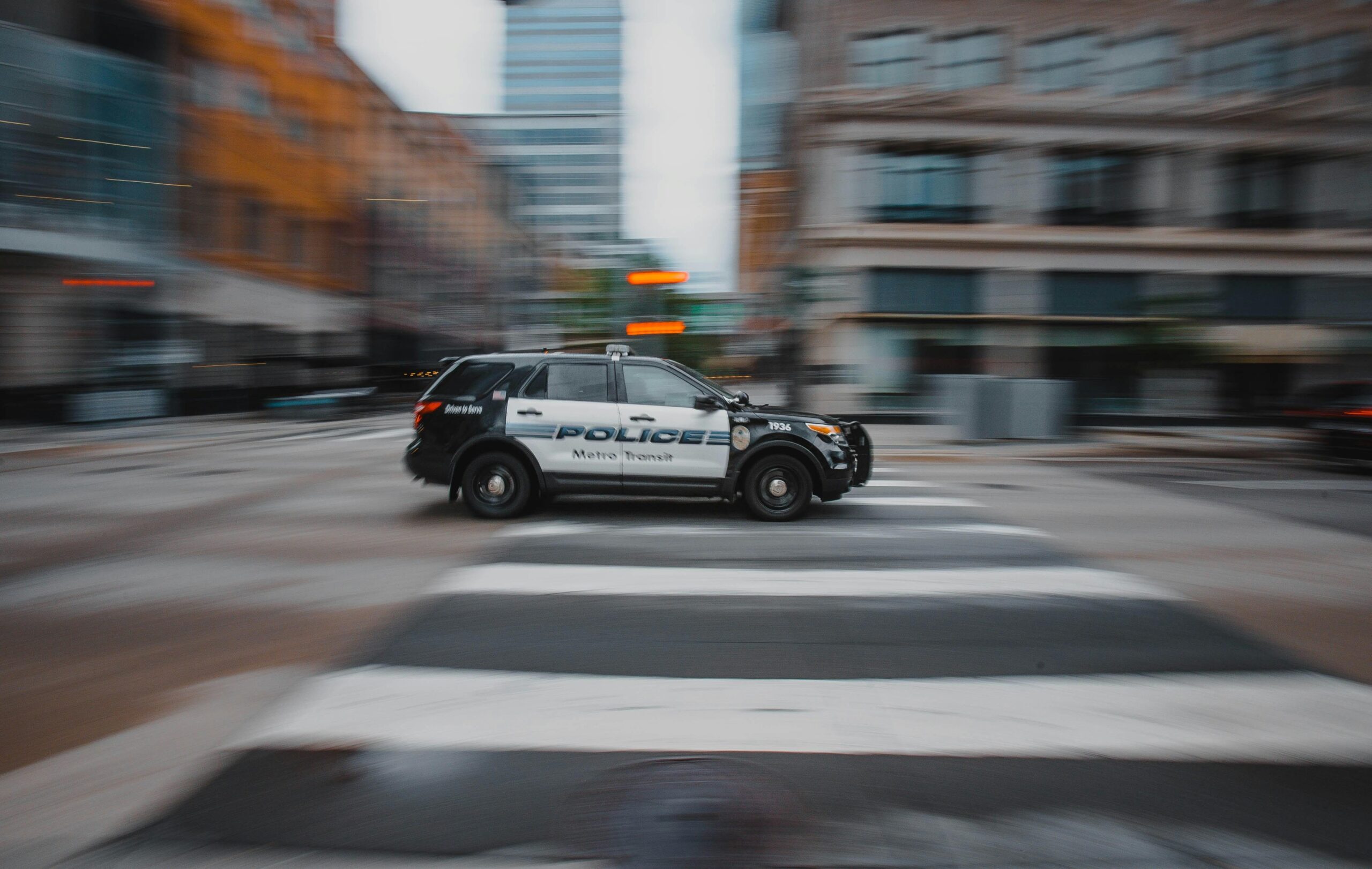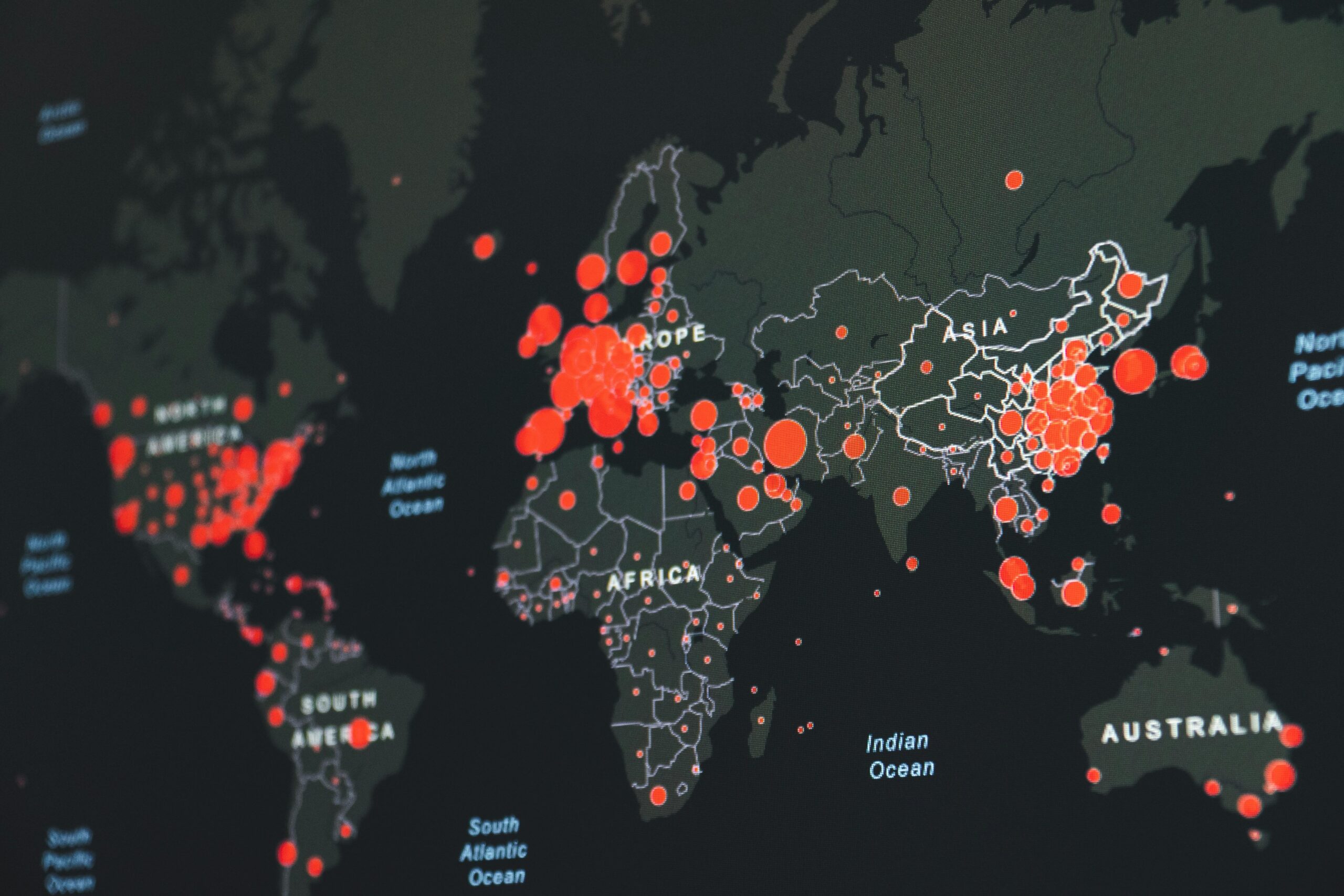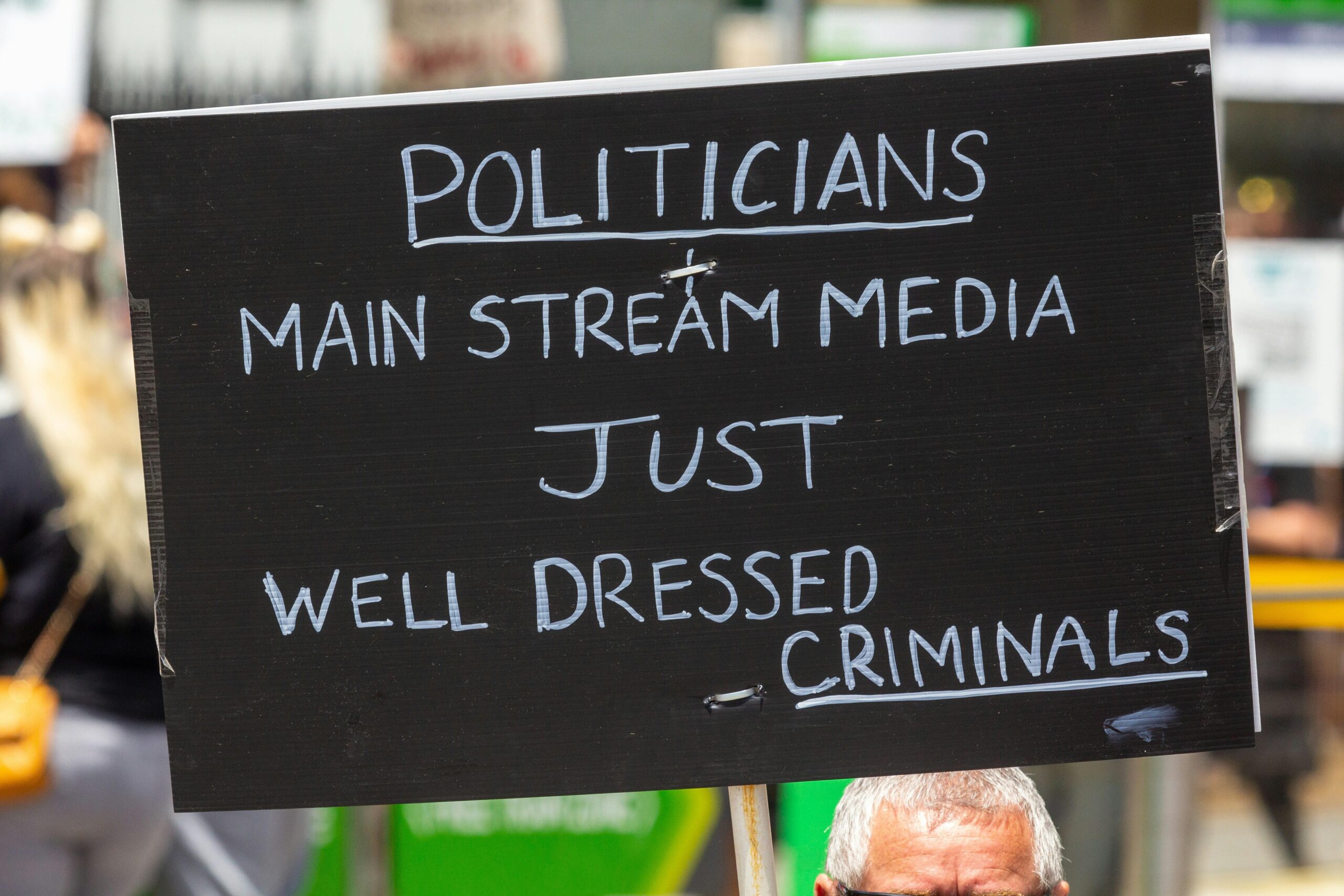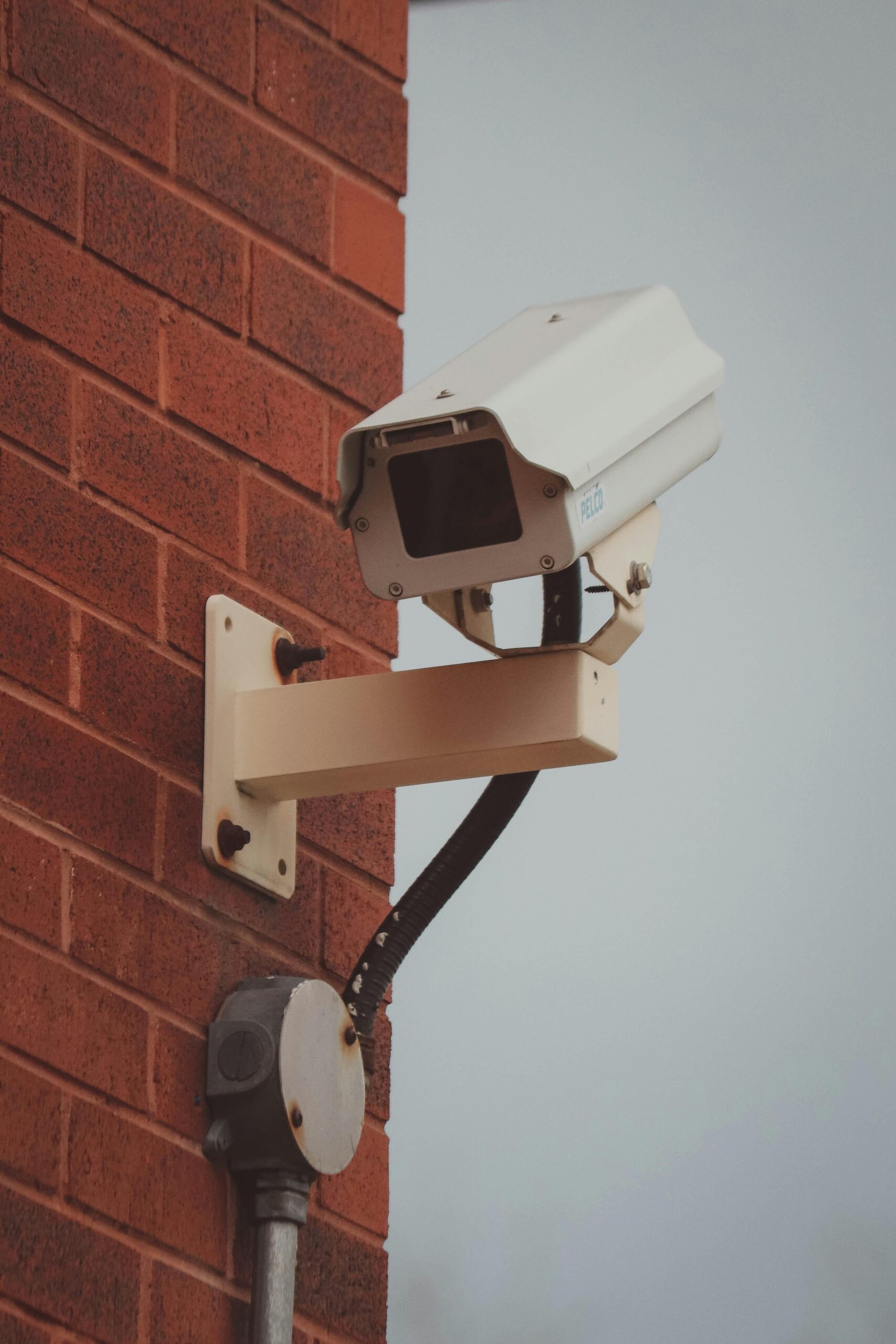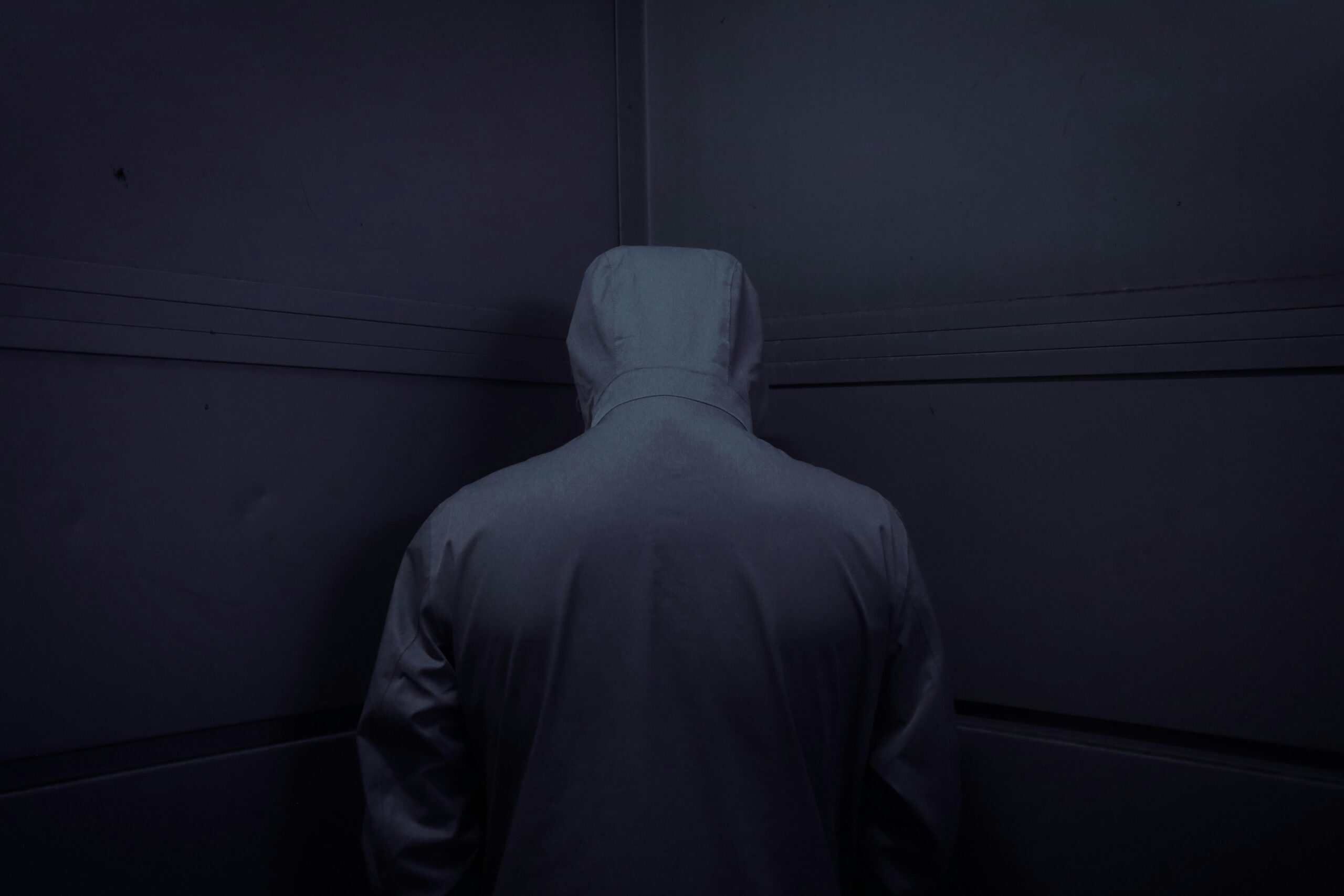Have you ever wondered why some crime stories grab headlines while others barely make a ripple? Media coverage doesn’t just relay facts—it frames the way we see the world, subtly shaping our perceptions of crime, safety, and justice. In this article, we’re diving into the fascinating world of media bias, exploring how the stories we consume influence our views more than we might realize. Join me as we unpack the hidden angles behind crime reporting and discover why understanding media bias matters more than ever.
Table of Contents
- Unveiling the Hidden Narratives Behind Crime Reporting
- The Impact of Sensationalism on Public Perception of Crime
- How Stereotypes Influence Media Coverage and Shape Bias
- Practical Tips for Becoming a Savvy Consumer of Crime News
- Insights and Conclusions
Unveiling the Hidden Narratives Behind Crime Reporting
Crime reporting often goes beyond mere facts, weaving narratives that subtly influence public perception. These stories are rarely neutral; they are crafted through choices about which details to highlight, which voices to amplify, and which images to share. Such editorial decisions can shape how readers perceive criminals and victims, frequently reinforcing existing stereotypes. Consider how coverage varies:
- Focusing on ethnicity or socioeconomic status in some reports while omitting context in others
- Using sensational language to evoke fear or urgency
- Emphasizing certain crimes over others, thereby skewing public understanding of crime prevalence
Behind every headline lies an intricate web of editorial intent and cultural assumptions. The stories often mirror societal anxieties, feeding into collective biases rather than challenging them. It’s crucial to approach crime news with a discerning eye, recognizing that what’s left unsaid can be just as impactful as the facts presented. By critically examining these hidden narratives, readers can uncover the subtle ways media shapes their worldview and question whose interests these narratives ultimately serve.
The Impact of Sensationalism on Public Perception of Crime
When crime stories are delivered with a dramatic flair, the line between fact and fear blurs. Sensationalism thrives on exaggeration, emphasizing grisly details or framing incidents as part of a larger, more alarming trend. This approach doesn’t just inform—it shapes emotions, often amplifying anxiety and mistrust within communities. As readers, we might find ourselves gripped by headlines that suggest an escalating crime wave, even when statistics tell a more nuanced story.
Consider how the media’s focus on certain types of crime can skew public understanding. Selective reporting highlights violent or unusual cases while underreporting everyday crimes that may be more prevalent but less “newsworthy.” This can lead to:
- Overestimations of danger in specific neighborhoods
- Increased support for harsh criminal justice policies
- Stigmatization of marginalized groups linked to crime narratives
By unpacking these biases, we open the door to a richer discussion about safety, justice, and the true nature of crime in our society.
How Stereotypes Influence Media Coverage and Shape Bias
Media coverage is often a mirror reflecting society’s preconceived notions, but it also acts as a lens that can distort reality through the perpetuation of stereotypes. When reporters and editors unconsciously lean on familiar tropes, such as associating certain demographics with criminal behavior, they reinforce harmful biases that seep into public consciousness. This cyclical effect shapes readers’ perceptions, where repeated depictions of “dangerous” groups become accepted as truth rather than the exception. The subtle language choices, imagery, and framing in crime stories often emphasize these stereotypes, overshadowing more nuanced views and ignoring broader societal factors.
Consider the common tactics that fuel this bias:
- Selective reporting: Highlighting crimes by specific groups more frequently while downplaying others.
- Sensationalism: Using dramatic headlines and vivid descriptions that amplify fear or suspicion.
- Implicit messaging: Framing stories in ways that suggest guilt or moral failure without evidence.
By unpacking these mechanisms, we begin to see how stereotypes aren’t just passive reflections but active forces in shaping media narratives—and, by extension, public opinion. Challenging these biases requires a deliberate effort to report with balance, context, and an awareness of the power wielded by the words and images shared.
Practical Tips for Becoming a Savvy Consumer of Crime News
When consuming crime news, it’s crucial to approach each story with a discerning eye. Media outlets often prioritize sensational details that grab attention but may omit critical context, potentially skewing your perception of events. To navigate this landscape like a pro, cross-reference multiple reputable sources before forming an opinion. Look beyond headlines—these are crafted to generate clicks, not always to inform. Challenge yourself to identify the language used: is it neutral, or does it employ emotionally charged words that might influence your feelings about the crime or those involved?
Additionally, understanding the patterns behind reporting can empower you to recognize bias. Notice which types of crimes receive disproportionate coverage and who the media portrays as perpetrators and victims. This awareness helps uncover underlying stereotypes or social narratives at play. To sharpen your critical thinking, consider these practical habits:
- Check publication dates to understand the timeline and avoid recycled or outdated information.
- Research the source’s background to gauge reliability and potential political or economic influences.
- Contextualize statistics instead of taking isolated numbers at face value.
By actively applying these strategies, you transform from a passive news consumer into an informed individual capable of seeing beyond the surface, making your understanding of crime stories richer and more balanced.
Insights and Conclusions
As we peel back the layers of media bias in crime reporting, it becomes clear that what we see—and don’t see—shapes more than just our knowledge. It influences our fears, our judgments, and even our sense of safety. Being curious and critical consumers of news empowers us to question the narratives presented and to seek a fuller, more nuanced picture. So next time a crime story catches your eye, take a moment to reflect: What’s being highlighted? What’s being left in the shadows? In understanding media bias, we’re not just uncovering stories—we’re uncovering the stories behind the stories. Here’s to staying inquisitive and informed!




